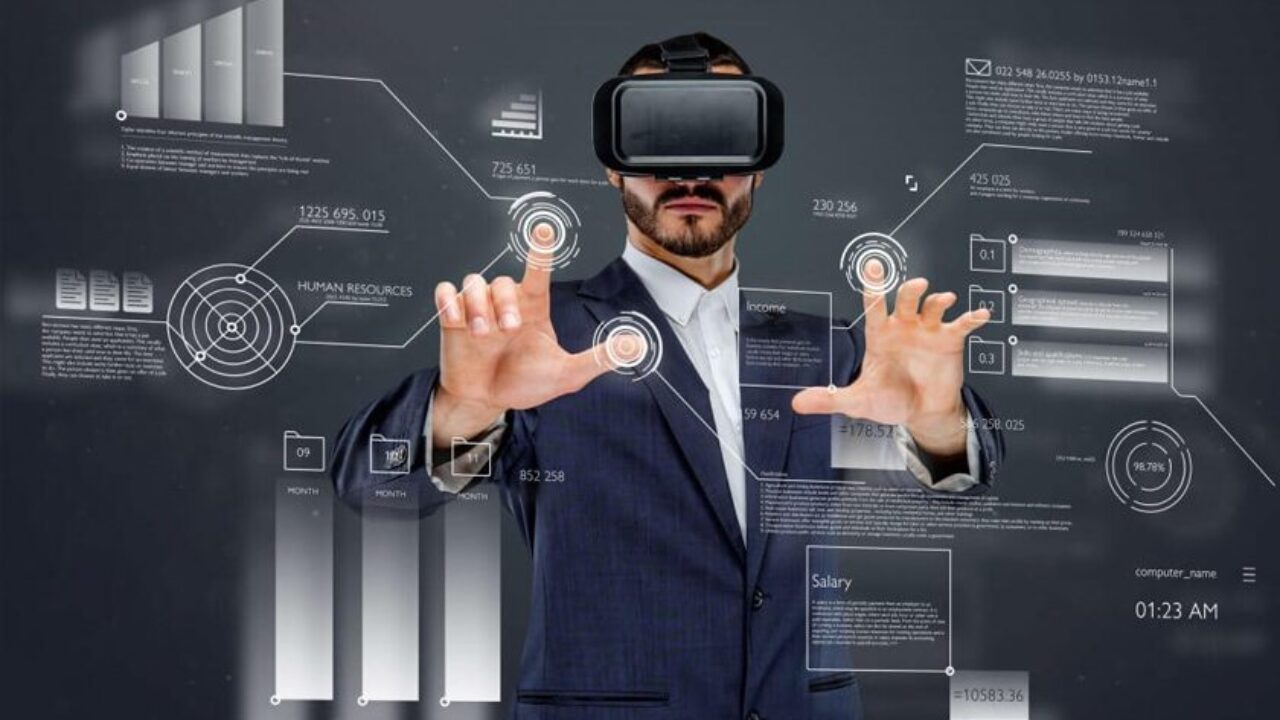The Myths And Facts Of AR Technology
Augmented Reality is something that has been around for a few years now and has really been making the tech world buzz. It is one of those technologies which is constantly in the headlines, and is constantly improving. However, most of these updates currently revolve around the gaming and entertainment industry. Resultantly, there are a lot of misconceptions about the applicability and usefulness of AR technology.
There are numerous myths about AR going around, but most of them are just basic misunderstandings. This is because it seems like a complex and incomprehensible concept for people who haven’t experienced it themselves. In addition, many people do not even realize that they have used AR at some point. The truth is, the world is now quite well-connected, with smartphones powered by Spectrum mobile and such. Therefore, AR and other such technologies are quite accessible now. Here are a few myths about AR, countered with the actual facts.
Myth #1: AR And VR Are The Same
Many people believe that Augmented Reality and Virtual Reality are interchangeable. They consider it as basically the same thing. However, this is not true. The two are fundamentally different.
Fact: AR And VR Are Different Concepts
The fact is that VR and AR are quite different. VR refers to when users, with the aid of VR headsets, have a completely immersive experience in a simulated reality. On the other hand, AR is when imaging technology works with the actual environment to augment real experiences, instead of putting users in a simulated environment. The development procedures and devices for both are quite different, so AR and VR are not exactly interchangeable.
Myth #2: AR Is Only Used In Gaming
This myth is quite understandable. The most famous use of AR is Pokemon Go, which became a global phenomenon. In addition, many people think that the qualities of AR only make sense in gaming and entertainment.
Fact: AR Has A Diverse Set Of Uses
The truth is that AR is actually an exciting technology with a wide range of use cases. Education is at the forefront, as students can retain knowledge much better if they can relate it to experiences they have interacted with.
In addition, museums and realtors are really putting AR to good use. They create ‘virtual tours’ so that people can look around the place without having to actually make the extensive effort to pay a visit. This is especially helpful in these times where COVID restrictions hinder such activities.
Myth #3: AR Isn’t Very Accessible
People who haven’t used AR believe that they need some sort of special devices or training to access and use it. This is because it is still an exciting new technology which is still not used that commonly. In addition, it may seem intimidating at first with all the futuristic terminology used to describe it. Furthermore, not many companies are utilizing it right now, so it’s not something people see in their everyday lives.
Fact: AR Is Available On Most Devices
AR technology is actually extremely accessible. If you have any device with a webcam, you can use AR. There is no need for special headsets or sensors to access this new technology. In fact, you can easily use it on your smartphone. It doesn’t even have to be a high-end smartphone.
Some companies have started realizing its potential, and have created fun things like interactive book and album covers. The Nintendo Switch also has an AR game called Mario Kart Live: Home Circuit. This lets players race their cars on their console, but the race track will be their own home’s layout.
Myth #4: AR Is Just A Fad
Because AR is still under constant development, many people think it is just a fad. They think it will fade out after a while, and not make any significant mark in the technology world. However, this misconception is just due to the fact that AR is still something most people haven’t experienced themselves yet.
Fact: AR Is Here To Stay
The truth is, AR is constantly proving that it is quite useful in a wide range of industries. From healthcare to tourism, it has a large number of use cases and is quite accessible as well. This means that it is only a matter of time before it is used by large companies, making it visible to a much larger population.



